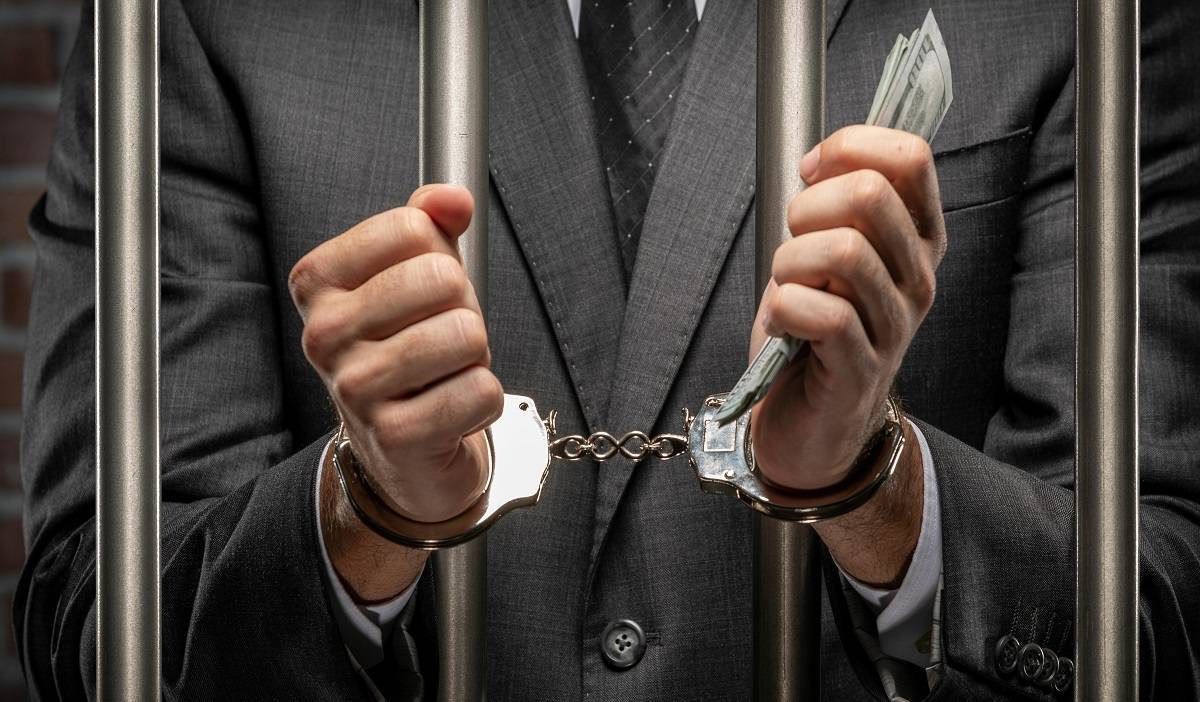If you live in California, you may have to contact the Department of Motor Vehicles (DMV) for various reasons, such as renewing your driver's license, registering your vehicle, or obtaining information about driving laws. As such, one persisting question most Californian drivers have is: Can you walk into CA DMV without appointments?
Visiting a DMV office without an appointment can result in long wait times, especially during peak hours or busy seasons. To avoid this, it's highly recommended to set an appointment beforehand.
Can I Visit CA DMV Without Setting an Appointment?
Yes, you can walk into a California DMV office without an appointment, but it's important to note that wait times can be long, and you may not be able to receive all the services you need.
The California DMV strongly recommends making an appointment before visiting a field office to minimize wait times and ensure timely service. Some DMV offices require appointments for specific services, such as behind-the-wheel driving tests or getting a REAL ID.
However, in some cases, it may be possible to receive services without an appointment.
How to Set an Appointment in CA DMV
To avoid long wait times and ensure that you receive the services you need, it's recommended to set an appointment with the California DMV. Here's how to set an appointment:
-
Visit the California DMV website.
-
Click on the "Appointments" tab located on the homepage.
-
Choose the type of appointment you need, such as a driver's license renewal, vehicle registration, or REAL ID.
-
Select the DMV office location and the available date and time that works for you.
-
Enter your personal information, including your name, driver's license number, and phone number.
-
Confirm your appointment details, and you will receive a confirmation email or text message.
It's important to arrive on time for your appointment and bring all the necessary documents and forms, as specified by the DMV website. Not having the correct documents or forms can result in delays or rescheduling of your appointment.
If you need to cancel or reschedule your appointment, you can do so on the DMV website or by calling 1-800-777-0133. Cancelling or rescheduling beforehand allows other individuals to book the slot you previously occupied, helping to reduce wait times for others.
Whether you need to renew your driver's license, register your vehicle, or take a driving test, finding a nearby DMV location is essential. Fortunately, the California DMV has several resources available to help you find DMV locations near you.
How to Find DMV Locations Near Me in California
Finding DMV locations near you in California is easy and convenient using the resources provided by the California DMV. By following the steps outlined above, you can quickly locate the nearest DMV office and plan your visit more efficiently.
-
Visit the California DMV website.
-
Click on the "Locations" tab located on the homepage.
-
Enter your zip code or city and select a search radius, such as 5 miles, 10 miles, or 25 miles.
-
Click on "Search" to view a list of DMV locations near you.
-
You can also click on "Map" to view the locations on a map and get driving directions.
Additionally, the California DMV website provides information on each DMV location's hours of operation, services offered, and wait times. Checking the wait times can help you plan your visit more efficiently and reduce your wait time.
You can also use the California DMV Now app, available for iOS and Android devices, to find DMV locations near you and get real-time wait time estimates. The app also allows you to set appointments and complete DMV transactions, such as vehicle registration renewal and driver's license renewal.
Conclusion
In conclusion, setting an appointment with the California DMV is highly recommended to ensure that you receive the services you need efficiently. By following the steps outlined above, you can easily set an appointment with the California DMV and save time during your visit.
To learn more about government grants and assistance in California, head over to Gov Relations today.
Frequently Asked Questions (FAQs)
Can I set an appointment for any DMV service?
No, some DMV services do not require appointments, such as obtaining a driver's handbook or taking a knowledge test. However, it's recommended to set an appointment for services that typically have long wait times, such as driver's license renewals and REAL ID applications.
How far in advance can I set a DMV appointment?
You can set a DMV appointment up to 90 days in advance, but it's recommended to set an appointment as soon as possible to secure the most convenient date and time.
How long does a DMV appointment take?
The duration of a DMV appointment varies depending on the service you need and the number of people ahead of you in line. It's recommended to arrive on time for your appointment and bring all the necessary documents and forms to ensure efficient service.






